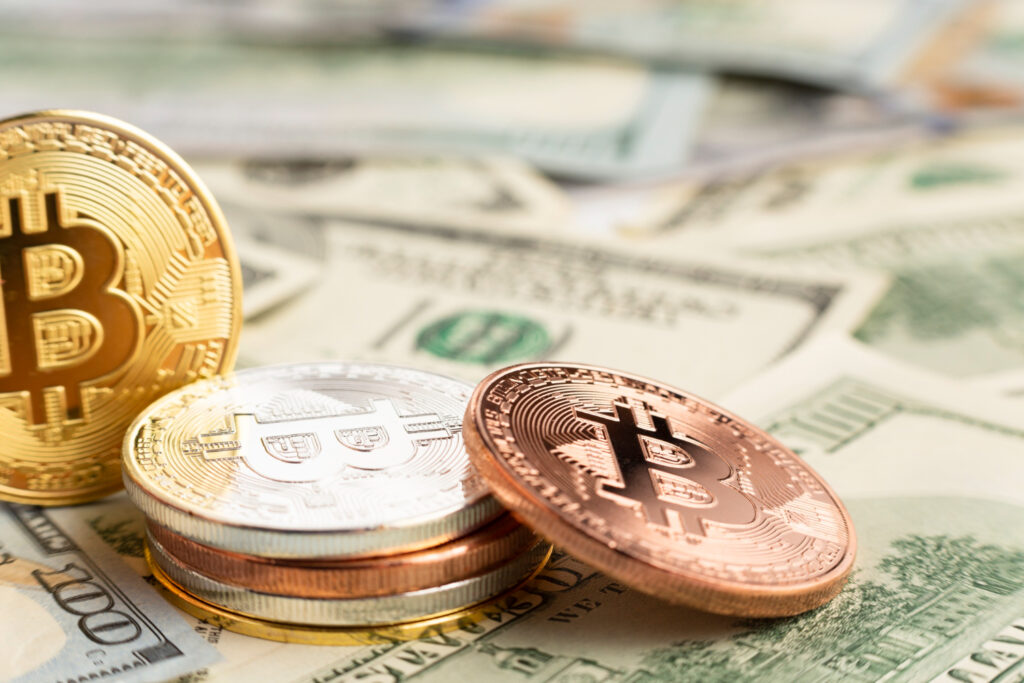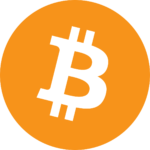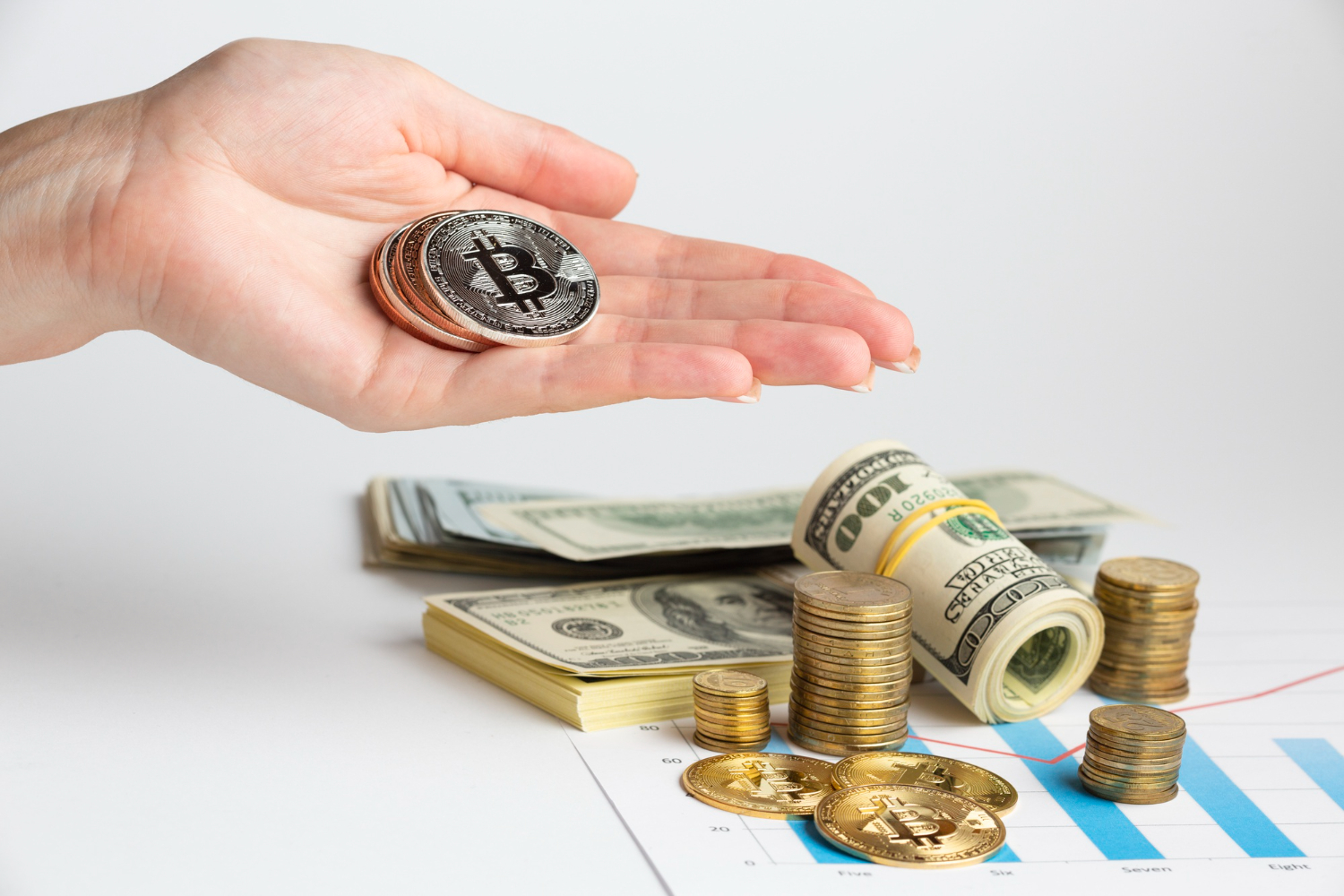Throughout history, the perception of money has fascinatingly changed. Money has always been the foundation of economic activity, from the laborious barter system to the intrinsically valuable precious metals. It makes it simple to assess value, trade products and services, and accumulate money for later use. Currently, fiat money—issued and managed by governments—and Bitcoin—a digital currency created using ground-breaking blockchain technology—remain the primary forms of money.
A fiat currency depends on governments’ stability and confidence to retain its value. Still, Bitcoin runs on its own, upending established financial institutions and igniting discussions about the nature of money in the future.
In this blog, we will explore Bitcoin and Fiat Money in detail. So, let us get started.
What is Fiat Money?
Central banks and governments produce and manage a form of money known as fiat money. In contrast to commodity money like gold or silver, fiat money is not collateralized by any tangible asset. Instead, the government’s credibility and dependability are what give it its worth. Fiat money’s salient features include:
- Government Issuance and Control: Central banks and governments can issue and regulate fiat currency. This centralized control allows for the implementation of monetary policies to influence the economy.
- Lack of Physical Backing: Fiat money does not have intrinsic value derived from a physical commodity. Its worth is based on the government’s declaration that it is legal tender.
- Trust-Based Value: The value of fiat money relies heavily on the public’s trust in the issuing government’s ability to maintain economic stability and enforce the currency’s acceptance. This trust is crucial for the currency’s effectiveness in facilitating trade and storing value.
What is Bitcoin?
Introduced in 2008 by Satoshi Nakamoto, Bitcoin is a digital asset and the first decentralized cryptocurrency. Utilizing blockchain technology guarantees transaction immutability, security, and transparency. A fresh method of managing transactions and storing value is provided by Bitcoin’s inventive approach to money, which questions established banking institutions. Among Bitcoin’s primary features are:
Digital Asset Using Blockchain Technology;
Bitcoin is fueled by blockchain technology and is only available digitally. All Bitcoin transactions are tracked via the blockchain, a public ledger that operates over a dispersed computer network to guarantee security and transparency without a central authority.
Decentralized Network
In contrast to conventional currencies that financial organizations or governments manage, Bitcoin functions through a decentralized network. This implies that no organization, like a bank or government, controls Bitcoin. Instead, a worldwide network of nodes—computers—maintains it by verifying and logging transactions.
Limited Supply
One of Bitcoin’s most distinctive characteristics is its restricted quantity. Only 21 million Bitcoins will ever be produced. Scarcity is ingrained in the Bitcoin protocol to replicate the limited supply of valuable materials like gold and maintain the cryptocurrency’s value over time.
Value Determined by Market Forces
The dynamics of supply and demand in the market affect Bitcoin’s value. Since it is a decentralized asset, variables like investor interest, market speculation, and adoption rates affect its price. In contrast to fiat money, valued primarily by the state of the economy and government policies, the market determines this valuation.

Key Differences Between Bitcoin and Fiat Money
Gaining an appreciation of the distinct characteristics and possibilities of cryptocurrencies requires understanding the fundamental distinctions between Bitcoin and fiat money. These distinctions are examined regarding price stability, transaction processing, value derivation, and issuance and control
Issuance and Control
 Fiat Money
Fiat Money
Through central banks, governments control fiat currencies like the US dollar, euro, and yen. They manage the money supply, printing it based on market needs. These central banks use monetary policy to achieve economic stability, control inflation, and manage interest rates.
 Bitcoin
Bitcoin
Bitcoin, in sharp contrast, runs on a blockchain-based decentralized network. It is controlled by a consensus method among a dispersed network of nodes, not by a single body. Through a process known as mining, individuals or organizations employ computer power to find solutions to challenging mathematical problems to produce new bitcoins. Because of its decentralized issuance, one party cannot manipulate the supply.
Value Derivation
 Bitcoin
Bitcoin
Fiat money’s value is mainly determined by how reliable and trustworthy the issuing government is. People and companies accept fiat money as a form of payment because they believe the government can uphold the rule of law and preserve economic stability. Fiat money has very little intrinsic value; instead, its value is derived from public confidence in the financial system.
 Fiat Money
Fiat Money
On the other hand, the scarcity of bitcoin and the laws of supply and demand determine its value. Since a limit of 21 million coins is available, Bitcoin is a deflationary asset. Its perceived usefulness as a store of wealth, a means of exchange, investor demand, and market speculation all impact its value. In contrast to conventional money, Bitcoin is supported by cryptographic security and decentralized consensus rather than any tangible asset or government guarantee.
Conclusion
Bitcoin and fiat money represent two distinct forms of currency with significant differences. Fiat money, issued and controlled by governments, derives its value from trust in the issuing authority. Bitcoin, a digital asset built on blockchain technology, operates on a decentralized network and has a limited supply, influencing its value through market forces.
Navigating the changing financial world requires an understanding of these contrasts. While Bitcoin provides prospective benefits like transparency and freedom from central authority, fiat money is still widely recognized and supported by the government. Ultimately, personal requirements and risk tolerance will determine which of these payment methods is best.
If you want to start conducting fast, easy, and secure Bitcoin transactions , head to the nearest Bitcoin ATM and fill your wallet with Bitcoin!
For more information, you can Contact Us


